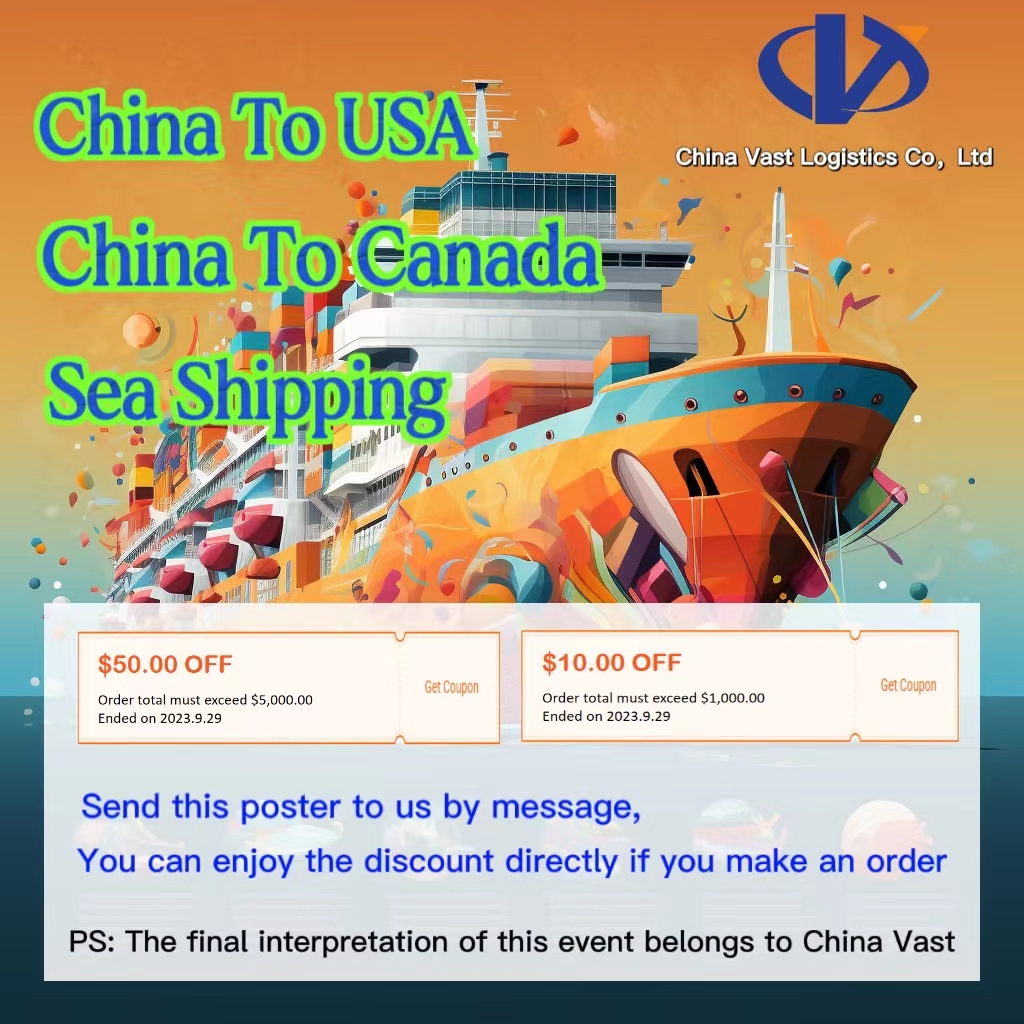Choosing the right container type can significantly impact shipping costs, loading efficiency, and logistics execution. This article provides a comprehensive comparison between 40GP (General Purpose) and 40HQ (High Cube) containers, focusing on usage scenarios, industry preferences, and cost-performance trade-offs.
🔍 1. Usage Scenarios & Suitable Cargo
📌 40GP – General Purpose Container
-
Best for: General dry cargo like machinery, electronics, cotton, grains, etc.
-
Advantage: Well-suited for heavy but compact cargo such as tiles and stone.
-
-
Typical loaded gross weight: 22–24 tons.
-
📌 40HQ – High Cube Container
-
Best for: Lightweight, voluminous cargo such as textiles, furniture, foam products, or items requiring vertical space like tall displays.
-
Advantage:
-
Internal height: 2.72m vs 2.18m (adds 0.54m in height)
-
Volume: 68 CBM vs 54 CBM (approx. 25% increase)
-
Lower cost per cubic meter.
-
🧭 2. Industry Usage & Preference
🌐 International Trade
-
40HQ is more commonly used in light industry (e.g., apparel, furniture) and cross-border e-commerce.
-
Why? Volume is high, but weight is light — maximizing cubic capacity reduces unit freight costs.
-
⚙️ 40GP is preferred when:
-
Shipping heavy cargo (e.g., machinery, construction materials)
-
Total volume is within 50–60 CBM, making it more cost-effective.
❄️ Special Industries – Cold Chain Transport
-
Refrigerated containers (40RF) are usually based on 40GP design.
-
Used for perishable goods like frozen food and pharmaceuticals.
-
No direct competition with 40HQ in this segment.
💰 3. Cost & Operational Considerations
🚢 Freight Rates
-
Base ocean freight for 40GP and 40HQ is typically the same.
-
40HQ’s larger volume reduces per-unit transportation costs when fully utilized.
💵 Surcharges
-
Seasonal surcharges (e.g., $2,000/container from Far East to North America)
-
Apply to both container types without major differences.
-
📦 Loading Efficiency
-
If single cargo height exceeds 2.18m (e.g., upright machinery), 40HQ is mandatory.
-
If goods are flat-packed or stackable, 40GP offers greater flexibility.
✅ 4. Practical Recommendations
Choose 40HQ when:
-
Cargo volume ≥ 65 CBM and cargo is lightweight (e.g., textiles).
-
You require extra vertical space (e.g., tall displays or equipment).
Choose 40GP when:
-
Total weight is close to 22 tons and volume is compact (e.g., stone, tiles).
-
Port operations limit high cube handling.
🧾 Final Thoughts
-
40HQ is more commonly used for light, voluminous goods, especially in export-driven industries.
-
40GP remains widely used due to its versatility and suitability for heavy cargo.
-
Ultimately, the choice depends on cargo characteristics, logistics constraints, and cost-efficiency goals.

